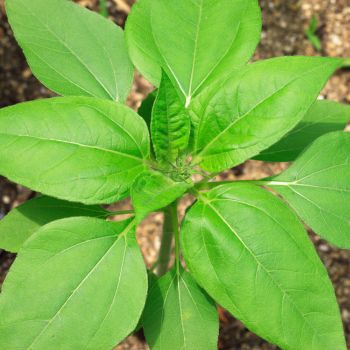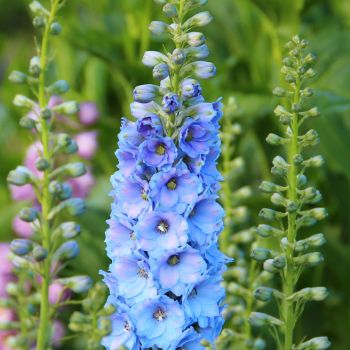Enjoy the beauty and benefits of nasturtiums by planting them in your garden. These pretty plants are easy to grow, edible, and a great companion plant. They are a wonderful addition to vegetable plots, rose gardens, or anywhere you want a splash of color.
Versatile and Easy to Grow
Nasturtiums thrive in poor soil. They actually produce more flowers in poor soil than in rich, well-fertilized soil. This makes them a great choice for spots where other plants wouldn't do well. There are many varieties available, and plants can be bushy, climbing, or cascading. The blooms come in shades of white, orange, red, yellow, and maroon. Dwarf varieties are great for containers. Nasturtiums need little care and germinate easily, making them ideal for beginners.
Fully Edible
The leaves, flowers, and seeds of nasturtium plants are edible, offering a variety of culinary possibilities. They are also a good source of vitamin C. Nasturtium flowers have a peppery taste that provides a flavorful punch. Add them to salads and sandwiches for a colorful burst of flavor or mix them with mayonnaise, soft cheese, or butter to create a spread. Of course, they also make a beautiful garnish.
The nasturtium leaves are more mild than the flowers, but still make a flavorful, peppery addition to salads and sandwiches. Add them to stir fry, pesto, soup, juice, or casseroles. Or stuff them and bake them in place of grape leaves. Fill leaves with chicken or tuna salad and roll them up for a low-carb snack or entrée. The round leaves also make a pretty garnish, particularly along with nasturtium flowers.
Nasturtium seeds also provide tempting possibilities in the kitchen. Harvest them for culinary use as soon as the flowers fall off, while the seeds are still green. Their taste and texture are similar to capers. Place washed seeds in a glass jar and cover with vinegar. After three days, they are ready to use as a substitute for capers. Pricking the seeds with a fork before putting them in the jar allows the vinegar to better penetrate the seeds. Or make your own seasoning by roasting dried seeds in the oven. Leave them whole to substitute for peppercorns or grind them instead of pepper for seasoning dishes.
Companion Plants
Plants that attract beneficial insects, repel pests, and otherwise increase crop productivity are called companion plants. Nasturtiums are a great companion plant for vegetables and roses. Nasturtiums are also a favorite of aphids and can be used as a sacrificial crop to protect more valuable plants. As the aphid population on the nasturtiums grows, it attracts lady bugs and other aphid-eating insects so that the problem often resolves itself. Luring aphids to one plant can also make them easier to deal with if you plan to practice your own methods of control. Besides handling aphids, nasturtiums are a good companion plant because the lovely flowers attract pollinators.
How to Grow Nasturtiums
Nasturtiums will self seed, so they will come back year after year. Sow seeds directly in a sunny or partly shady area of your garden in the spring or summer. The large seeds are easy to handle, making them a fun choice for kids to help plant. Keep the soil moist until the seeds sprout. Soaking the seeds overnight or nicking them encourages faster germination. Once established, nasturtiums don't need much water or care.
Growing nasturtiums is easy and creates a colorful addition to your garden and your plate. The seeds are inexpensive and easy to find, so give them a try and enjoy the benefits they offer.









